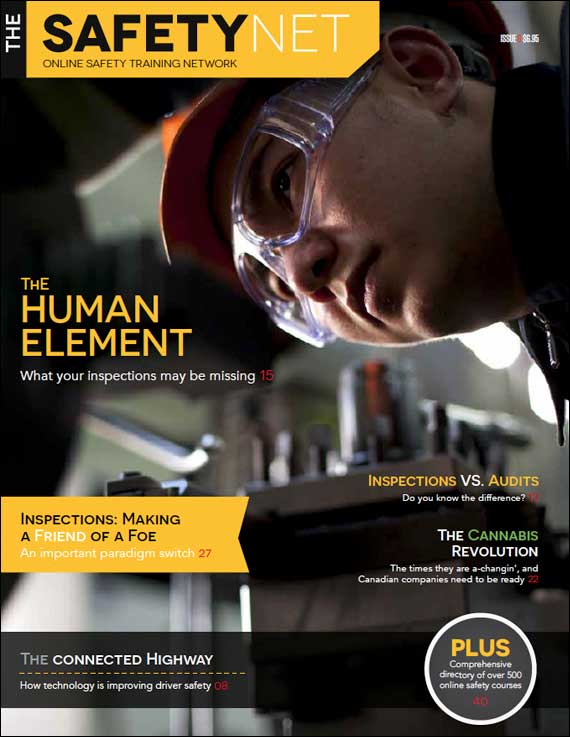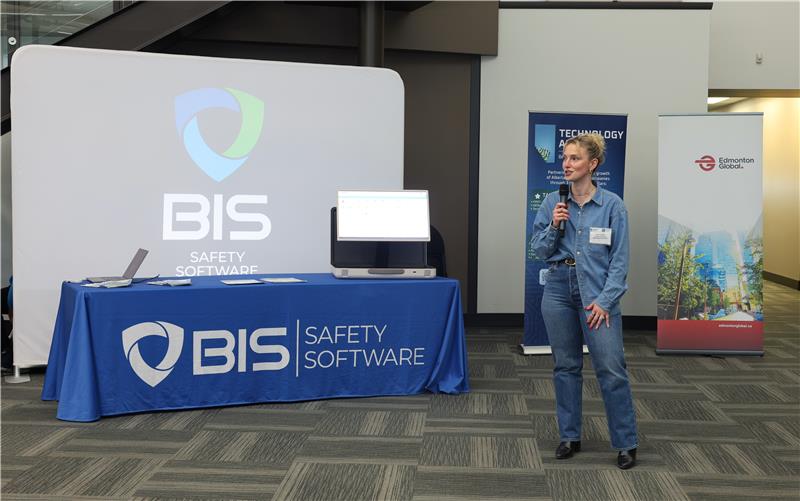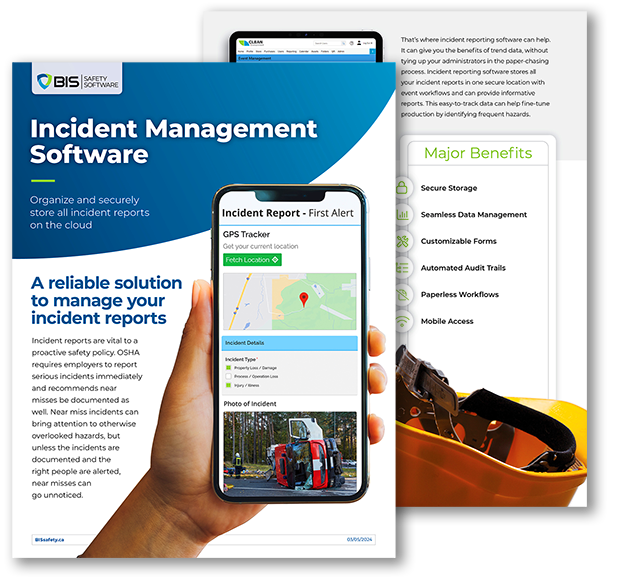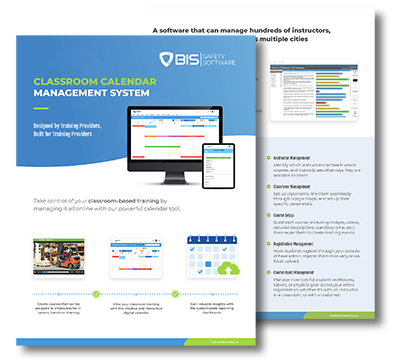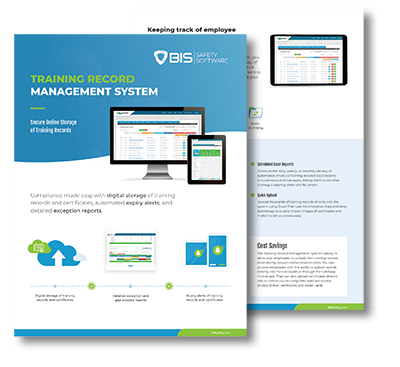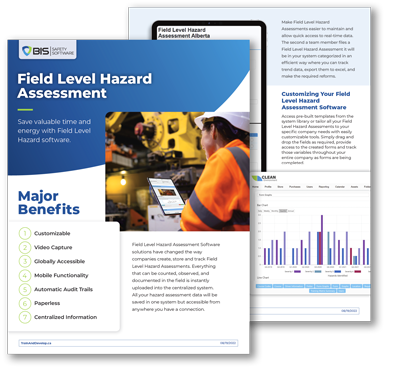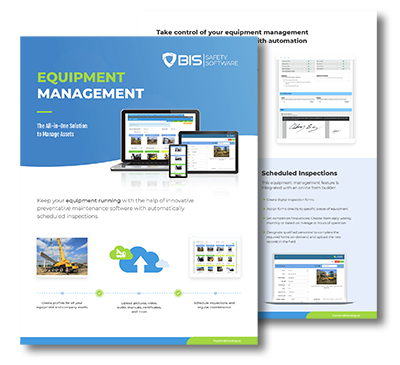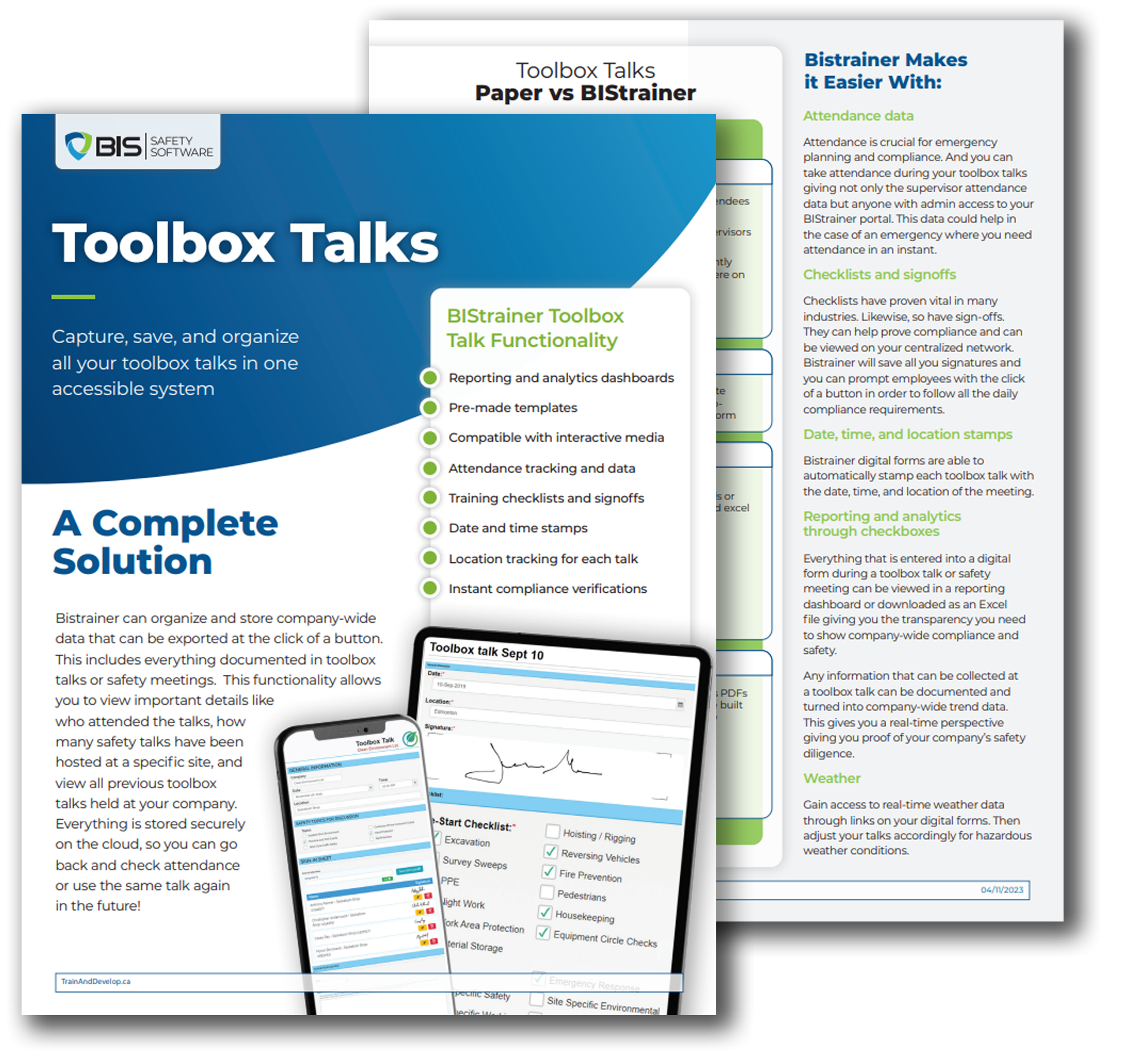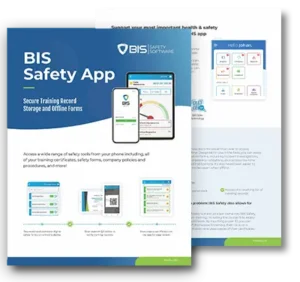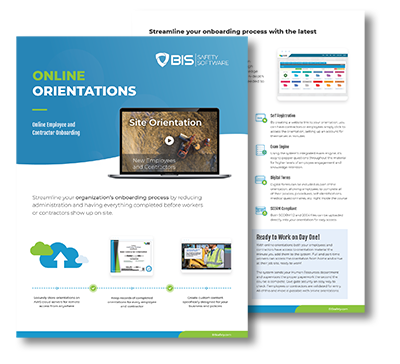BIS Safety Software
Snowblower (CAN)
A Canada-adherent safety training program designed for individuals operating snowblowers. The course covers various topics such as the structure of snowblowers, upkeep procedures, necessary protective gear, safe handling practices, and frequent risks. The course fulfills the theoretical part of occupational safety training. It further provides a proficiency checklist for employers to conduct a hands-on evaluation. Trainees will have the ability to download and print a certificate or wallet card upon completion to demonstrate their successful participation in Snowblower training. PLEASE NOTE: Only an employer has the authority to certify an employee. The prerequisites for certification may change from one state or province to another. It is advisable to review local standards for any additional occupational training requirements.

This course is interspersed with periodic practice quiz questions to help trainees prepare for the end-of-course written test. The Snowblower training also comprises a checklist for employers to use during the execution of a practical exam, as mandated by OSHA.
While it is crucial to acquaint yourself with all other relevant federal, state, and local standards, this Snowblower training includes the following laws and regulations:
Canada:
- OSH Act of 1970, 5(a)(1): "Each employer shall furnish to each of his employees […] a place of employment which is free from recognized hazards that are likely to cause death or serious physical harm to his employees."
- OSH-Landscaping: Snow Blower
- OSH – Working in the Cold: Cold Environments
- ANSI B71.3: Snow Throwers
Course topics:
- Anatomy
- Key Off Inspections
- Key On Inspections
- Maintenance
- Personal Protective Equipment
- Safe Operations
- Common Hazards
Estimated time: 90 minutes
Minimum required score: 80%
Completion certificate available.
Course Details
Course Length
This course will take roughly 90 minutes
Passing Mark
To pass this training course, you need to score 80% or higher on the quiz
Certificate
Upon the successful completion of this course a certificate with your name will be stored on your profile and available to print
Additional Training Courses

Daily Journal
Milo, a top-ranking Occupational Health and Safety Officer, and Barbera Best, a seasoned Human Resources Manager, will be your guides in understanding the significance...

Horas de Servicio Módulo 6: Cómo completar un registro manual
La formación sobre Horas de Servicio Módulo 6: Cómo completar un registro manual tiene como objetivo guiar a los conductores en la comprensión de...

Preventing Sexual Harassment for Managers and Supervisors
The program provides insights on understanding sexual harassment, the role of managers and supervisors, identification and prevention methods, actions to be taken when sexual...






